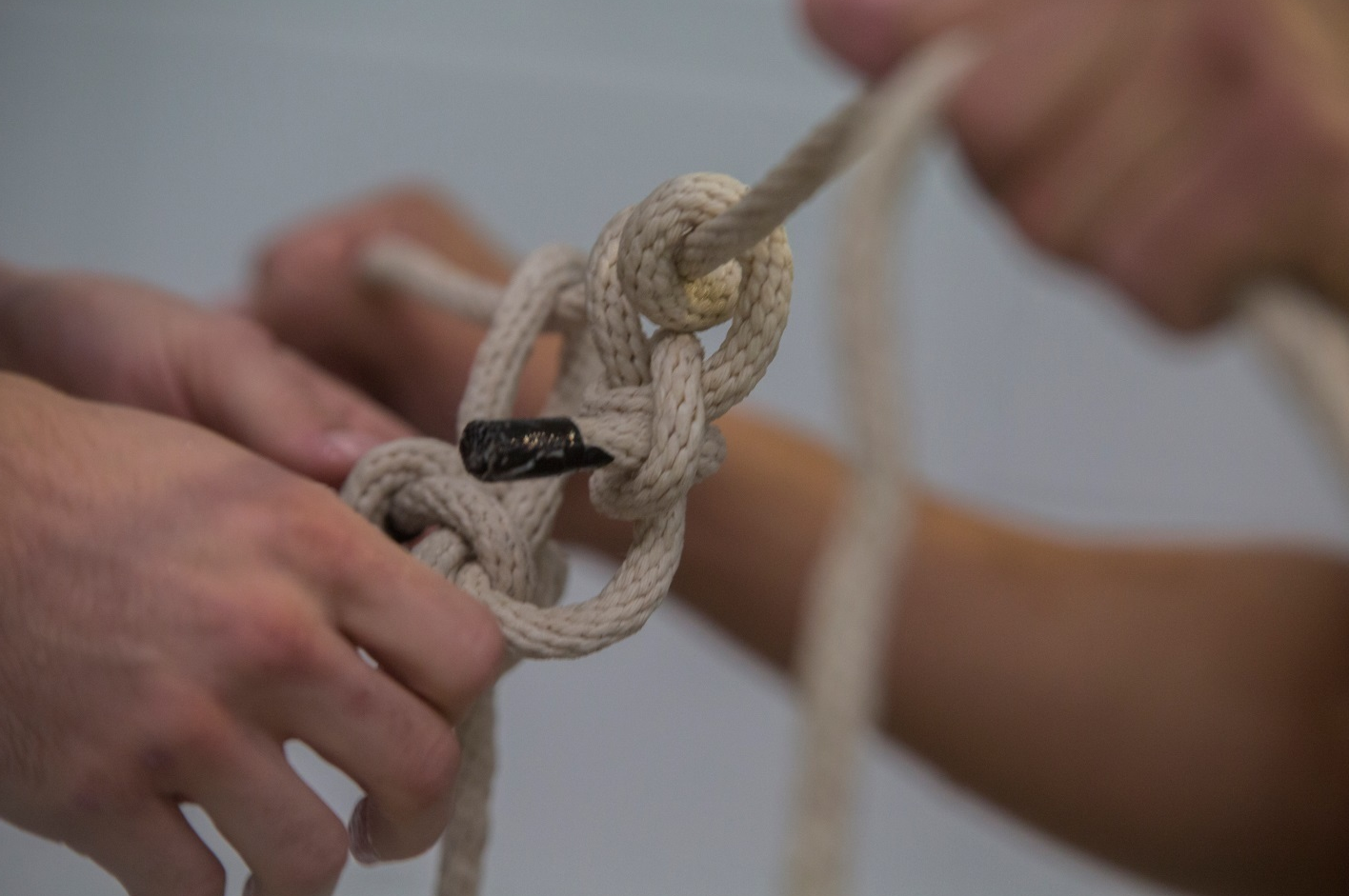Specifically targeting boaters who anti foul their own vessel, the DIY Safe Antifouling Initiative is being launched in the new year by the RYA, British Marine and the British Coatings Federation (BCF)
The DIY Safe Antifouling Initiative 2017 aims to inform and educate boat owners with regard to the hazards associated with antifouling their boats.
Run by the British Coatings Federation (BCF) along with the Royal Yachting Association (RYA) and British Marine, the scheme will be launching at the London Boat Show.
“There has been a long tradition of boat owners painting their own vessels, and in today’s health and safety conscious society, it is important to know that antifouling (AF) paints are being used properly, with appropriate Personal Protective Equipment (PPE),” said the RYA.
“The objective of the DIY Safe Antifouling Initiative 2017, which will be officially launched to coincide with the London Boat Show in January, is to inform and educate boat owners with regard to the hazards associated with antifouling their boats,” it added.
DIY antifouling paint products now have to pass new regulations related to biocidal products across the European market.
This, said the RYA, “will challenge the established view that boat owners use antifouling paints in a responsible way, following the label instructions and wearing appropriate PPE.”
The RYA believes the implications for boat owners are “significant”, with potential restrictions on the sale of antifouling paints.
“This could potentially threaten UK waters with an increase in the spread of invasive non-native species due to a lack of effective fouling control, if boat owners decided to no longer use antifouling paint,” warned the association.
The DIY Safe Antifouling Initiative comes following a survey by the BCF into the use of antifouling paints in the UK by sailors working on their own boats.
Just under 2,500 boat owners took part, of whom the vast majority paint their own boats with antifouling annually.
The results found that more than 90% of boat owners were taking the correct precautions, but highlighted several areas for improvements.
These included the provision of training courses, better guidance on preparing the boat and disposing of waste paint, and further efforts that could be made to minimise the risks of skin contact with antifouling paint during its application.
The BCF regulatory affairs manager, Trevor Fielding, said: “The safe use of our members’ products is of paramount importance, and this can be achieved through the correct use of personal protective equipment and other risk mitigation measures.”
“This needs to be demonstrated to the authorities, to ensure that these products successfully pass the forthcoming authorisation process, and remain available for the DIY enthusiast to use in years to come,” he noted.
The DIY Safe Antifouling Initiative highlights the importance of using personal protective equipment such as overalls, goggles, gloves and face masks to minimise skin contact and avoid breathing in dust.
For more advice on how to safely anti foul your boat, click here.
London Boat Show: Sunseeker International announces it’s official partner of FIFA World Cup 2018 in Russia
Sunseeker revealed today (10 January) that it is the official partner of the FIFA World Cup 2018 in Russia. The…
Antifouling your boat
Get your boat into shape ahead of the new season with our guide to antifouling
Video: Hacks for better boating and sailing
No matter how long you've been sailing we all get those moments when our brains cloud over! Watch these boating…
Winterising your boat
Winterising your craft might be time consuming but it's necessary to keep her protected during the cold season. We've put…






